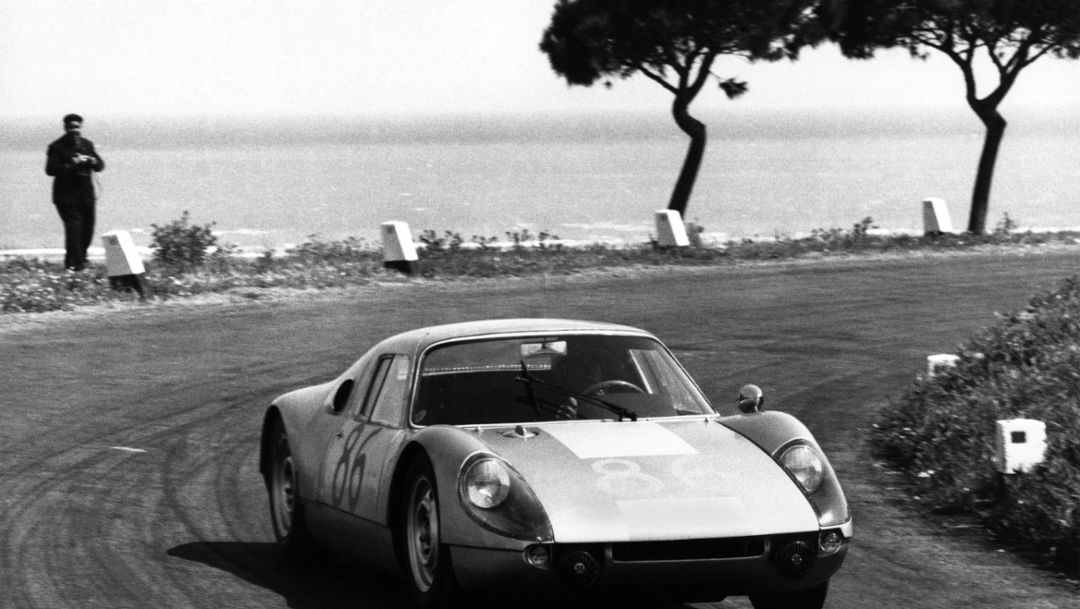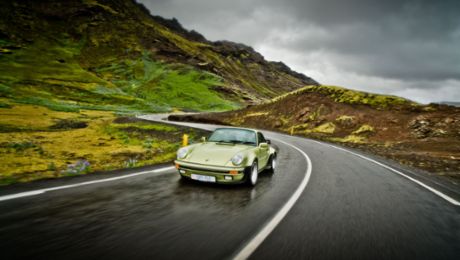The Targa Florio, initiated in 1906 by the wealthy automobile enthusiast Vincenzo Florio, originally covered a route of 148 kilometres in the Madonie Mountains in Sicily. In 1951, the route was reduced to "only" 72 kilometres, but these were extremely demanding. Drivers had to manoeuvre through some 900 curves during the race, which was usually ten laps.
In the history of the Targa Florio Porsche claimed a total of 11 victories. In 1964, for example, with the 904 GTS, which was pushed to the absolute limit to complete the race in seven hours and ten minutes. Even back then, the three letters GTS stood for "Gran Turismo Sport", which also translates into power, reliability and speed – and still does today.
Journalists were able to find that out for themselves once again during the "Porsche GTS Experience". Photos of the tour are provided in the picture gallery (left column). You want to lap on the historical racing route? Here you go:
Consumption data
911 Targa 4 GTS: Combined fuel consumption: 10,0 – 9,2 l/100 km; CO₂ emissions: 237 – 214 g/km
911 Carrera GTS: Combined fuel consumption: 9,5 – 8,7 l/100 km; CO₂ emissions 223 - 202 g/km
911 Carrera GTS Cabriolet: Combined fuel consumption: 9,7 – 8,9 l/100 km; CO₂ emissions: 228 - 207 g/km
911 Carrera 4 GTS: Combined fuel consumption: 9,9 – 9,1 l/100 km; CO₂ emissions: 233 - 212 g/km
911 Carrera 4 GTS Cabriolet: Combined fuel consumption: 10,0 – 9,2 l/100 km; CO₂ emissions: 235 - 214 g/km
Boxster GTS: Combined fuel consumption: 9,0 – 8,2 l/100 km; CO₂ emissions: 211 – 190 g/km
Cayman GTS: Combined fuel consumption: 9,0 – 8,2 l/100 km; CO₂ emissions: 211 – 190 g/km
Cayenne GTS: Combined fuel consumption: 10,0 -9,8 l/100 km; CO₂ emissions: 234 - 228 g/km
Panamera GTS: Combined fuel consumption: 10,7 l/100 km; CO₂ emissions: 249 g/km
.jpg/jcr:content/PorscheGTSExTFR2015_Group1-(18).jpg)

.jpg/jcr:content/PorscheGTSExTFR2015_Group4-(93).jpg)

